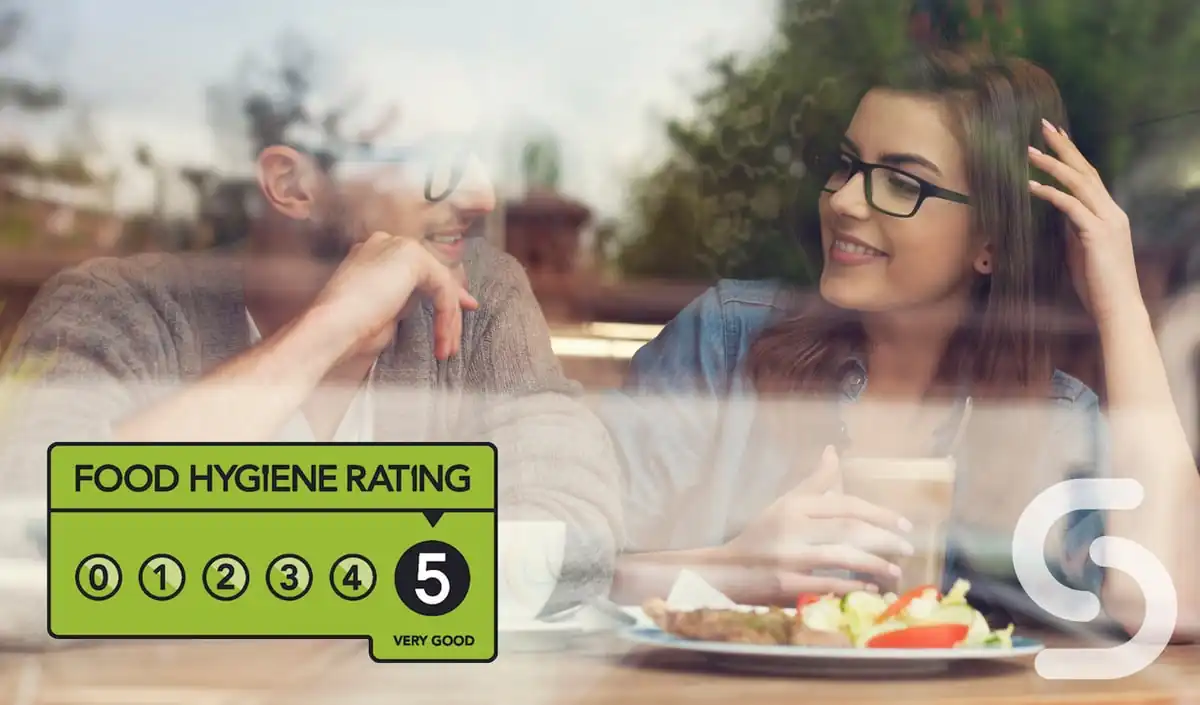How To Order Personalised Illuminated LED Menu Covers
Available in a range of sizes, our brand new illuminated menu covers are all the rage. Our illuminated LED menu
Available in a range of sizes, our brand new illuminated menu covers are all the rage. Our illuminated LED menu
Shop across our entire range of catering & hospitality products with up to 70% off until midnight Monday 1st December.
The leather menu cover can play a crucial role with customer’s first impressions. At Smart Hospitality Supplies, we have made
Your restaurant’s menu is more than just a list of dishes you offer – it’s your brand’s voice, your customer’s
In the competitive world of the food industry, achieving a 5-star food hygiene rating is not just a badge of honour; it’s a vital component of running a successful food business. Whether you manage a bustling restaurant, a cosy café, or a dynamic food van, understanding and implementing top-tier food safety and hygiene standards is essential. This comprehensive guide delves into the best practices and proven strategies for getting a 5-star food hygiene rating.

The Food Hygiene Rating Scheme (FHRS), governed by the Food Standards Agency in the UK and similar bodies in other regions, assesses food businesses on various factors affecting food safety. These include food handling, the condition of the premises, and how food safety is managed. A high rating reflects your commitment to food hygiene and safety and instils trust in your customers.
The first crucial step is ensuring all food handlers and staff complete a recognised food safety training course, such as the GOV website. This training should cover everything from storing food safely to understanding potential food safety hazards.
A food safety management system, often based on the Hazard Analysis and Critical Control Points (HACCP) system, helps identify and control food safety hazards. This proactive approach is essential in preventing food poisoning and other food-borne illnesses.
Daily hygiene practices, including regular cleaning schedules, should be rigorously followed. It’s not just about keeping your kitchen spotless; areas like the front door, dining space, and restrooms also contribute to the overall hygiene rating.
Food safety standards evolve, and so should your team’s knowledge. Regular training sessions, including refresher courses, keep your staff updated on the best industry practices and legal requirements.
Separating raw and cooked foods to avoid cross-contamination, maintaining correct temperature controls, and practising good personal hygiene are pivotal in preventing food hazards.
Regular self-study, internal audits, and reviews of food safety practices help identify areas for significant improvement. This ongoing process ensures your business meets and exceeds food hygiene standards.
Chef Uniforms aid in preventing cross-contamination. Kitchen members can avoid bringing bacteria and other contaminants from outside into areas where food is prepared by wearing specific uniforms such as Neckerchiefs to keep the sweat at bay or long-sleeved chef jackets. This is especially vital when employees frequently transition between various sections, such as moving from the kitchen to the dining area.
They are instrumental in promoting personal hygiene. They guarantee that employees’ attire is clean and appropriate for handling food, a basic necessity in any food service environment. Uniforms are typically crafted from simple materials to launder and maintain, contributing significantly to sustaining a clean and hygienic workplace.
Engage with respected training providers and your local environmental health officer to learn how to achieve and maintain high food hygiene standards and obtain food hygiene certificates.
Even the most well-managed food businesses can face challenges. For instance, catering businesses and food vans often have unique needs due to their limited space and resources. Implementing an effective management system tailored to these specific conditions is crucial.
Contrarily, larger restaurants and businesses might struggle with consistently applying standards across all departments. Here, an in-depth understanding of each department’s role in food safety and dedicated training for each team becomes essential.
If your business has received a lower rating, it’s critical to address this urgently. It is vital to identify the reasons for the low score, whether poor personal hygiene practices or inadequate food safety management, and take immediate corrective action. This might involve retraining staff, overhauling your food safety management systems, or physically improving your premises.
Displaying your positive food hygiene certificate or good rating may encourage customers to return, so when you improve, share.
It requires dedication to maintaining high food safety and hygiene standards, ongoing training, and a commitment to excellence. By following these best practices and strategies, your food business can not only meet the legal requirements but also win the trust and loyalty of your customers, paving the way for long-term success. Remember, in the food industry, the quality of your hygiene and safety practices is just as important as the taste of the food you serve.
Having discussed strategies for improving your hygiene score, read the complete guide on effective date labelling and stock management,



A Company Registered in England & Wales Company Registration Number: GB05069286 VAT Registration Number: GB867112521 Smart Hospitality Supplies is a trading division of The Smart Marketing & Media Group Limited
